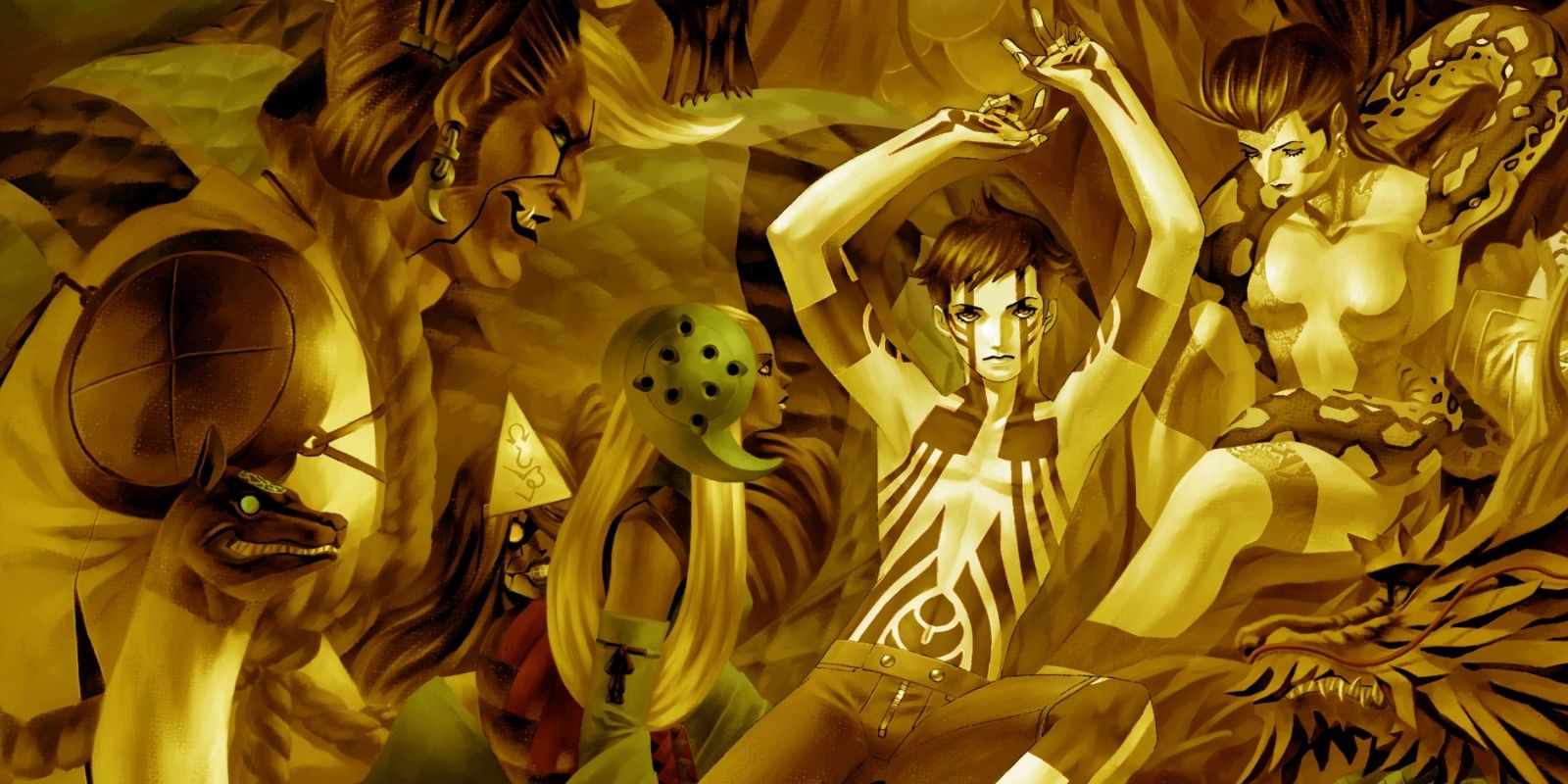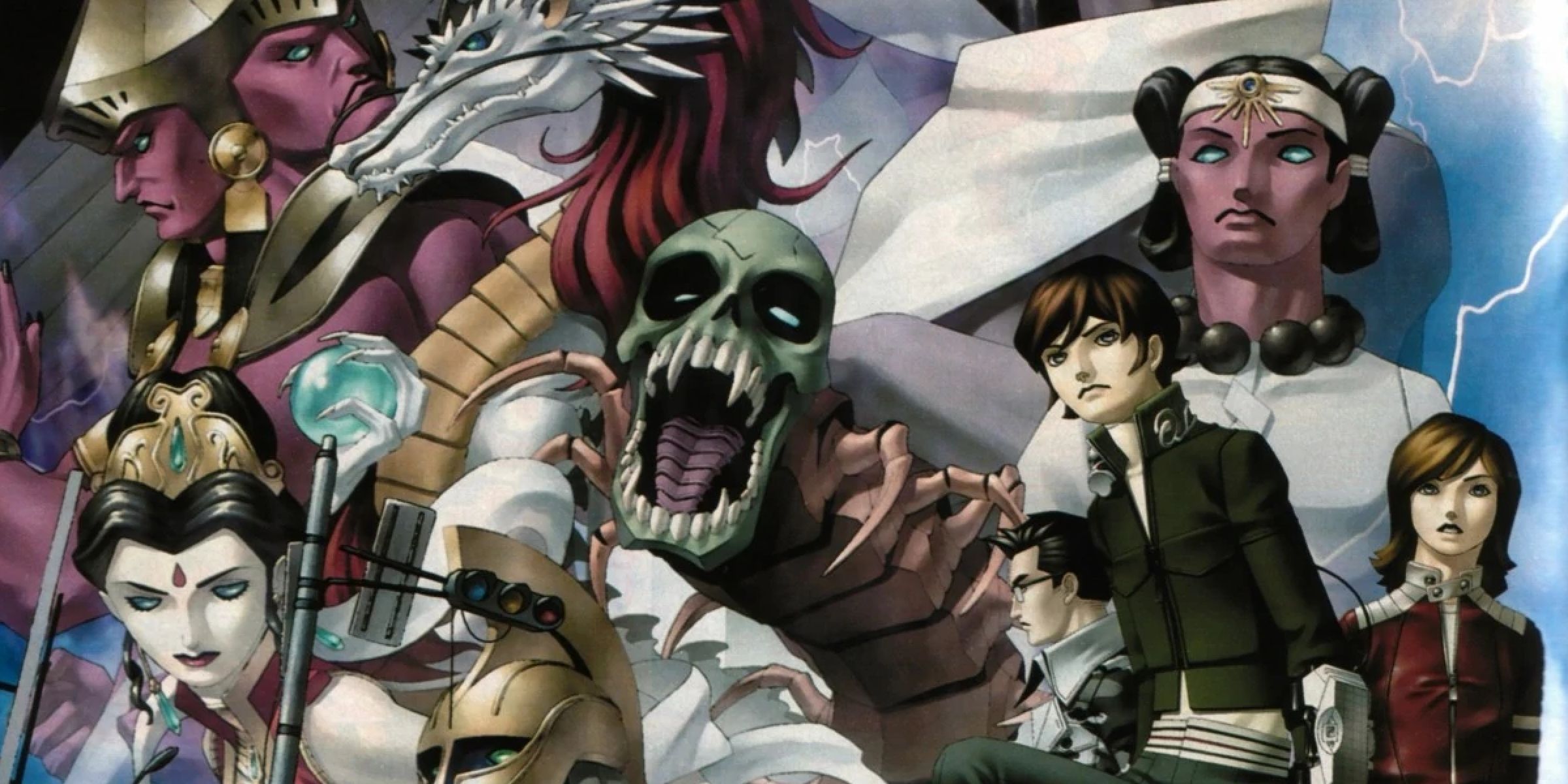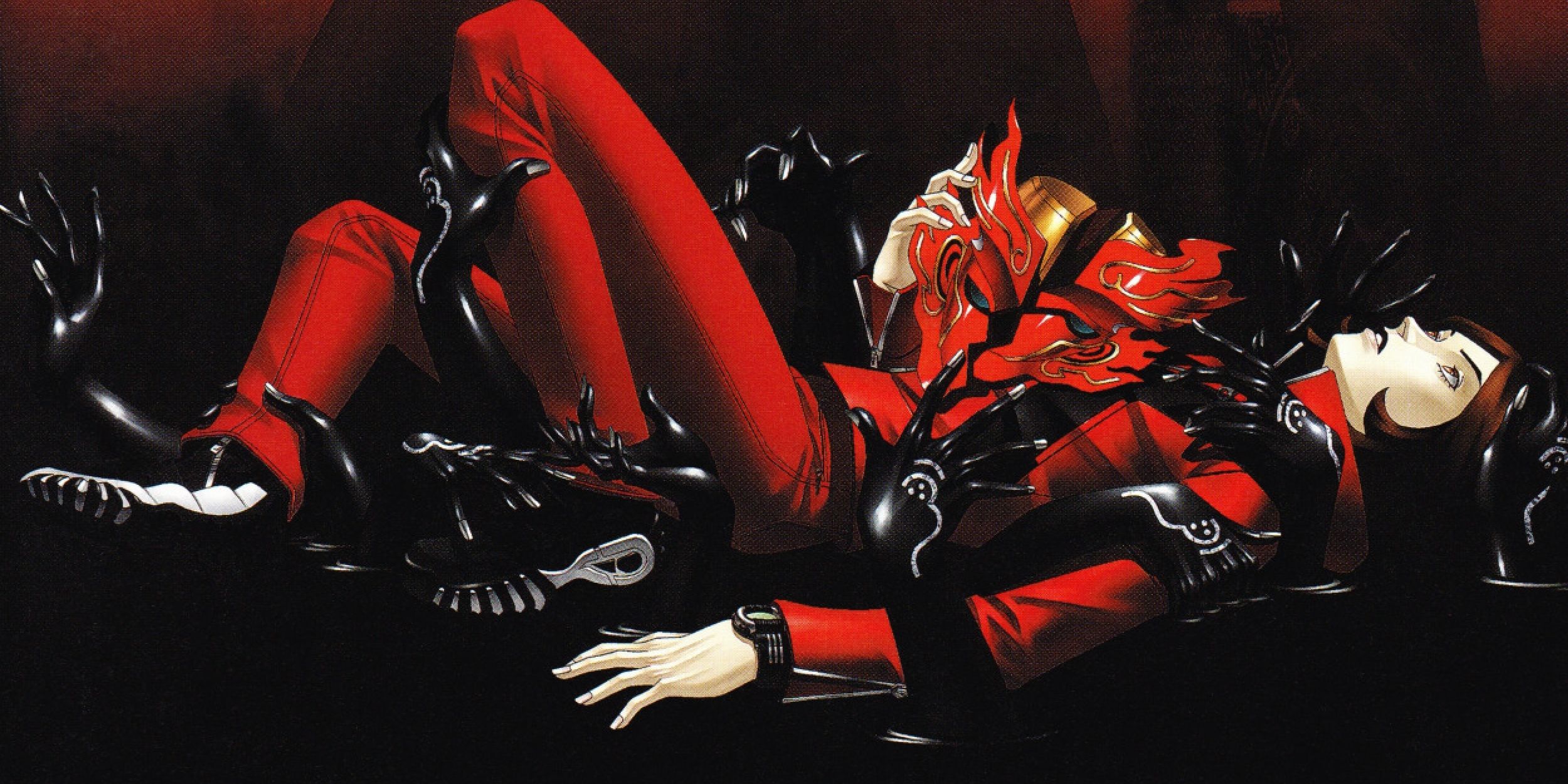He may not be a household name, but anyone who's enjoyed a Persona or Shin Megami Tensei game has beheld the work of Kazuma Kaneko. The Demon Artist of Atlus, designer of Devil May Cry 3's iconic alter egos and former Gummi Bears animator, has had a career as unique as his art style. Although he is no longer as involved with Atlus's RPGs as he once was, his otherworldly characters and the care with which he approached every project makes it easy to see why fans still hope for a dynamic comeback.
Kaneko read religious texts for fun, with the Book of Revelations being a personal favorite, and was fascinated by UFOs, mythologies and conspiracy theories from a young age. A talented artist from childhood, winning several prizes, Kaneko claims his successes came from considering each contest's theme and the best way to approach it. This natural eye for detail would serve him extremely well once he began working at Atlus, designing the demons for which their game are perhaps still best-known for.
While Shin Megami Tensei has always been about humanity, as reflected in its predominantly human heroes and the emphasis its stories put on personal choice, in many ways, its demons are the real stars of the show. What sets the franchise apart from competitors, like Final Fantasy and Dragon Quest, is the respect with which it regards the creatures of cultural stories and religions. Whereas most RPGs might pit the player against a demonic dog merely called "Cerberus" as a shallow allusion, SMT makes it quite clear that its audience is facing the genuine article.
Of course, in the visual medium of gaming, showing is often better than telling. This is where Kaneko's skill as an artist comes into play. What makes his work so great is that each demon is never "just" a generic fantasy monster. Everything from the clothes they wear to the poses they make and even their very coloration silently communicate what each foe is capable of from a gameplay perspective, from Throne's fiery appearance to Hel's throne of ice. However, they also include enough unique detail that more investigative players will discover their finer details.
To give but one of many examples, Throne's unsettling appearance might confuse players familiar with traditional depictions of angels, but those who take the time to understand Kaneko's influences will see how his design borrows from multiple theological writings. Such focus isn't just unique to named creatures, either. The standard Angel, infamously bound and chained, would be nothing but shameless fanservice from any other artist. However, given her low rank and the nature of God in the games, her appearance in SMT makes a kind of unsettling sense.
Many artists use promises of deeper meaning to get away with controversial material, but Kaneko's work is so well-thought-out that one could never accuse him of pretentiousness. His demons prioritize faithfulness to the stories that inspired them, creating a rawness other monsters don't have. Mara may have become a fandom meme for its explicit design, but it's hard to deny how terrifying being hunted by such a creature would really be. Similarly, demons like Arioch are grotesque parodies of anatomy that inspire exactly the kind of revulsion that inhuman monsters should.
Yet, for all his unsettling creations, Kaneko has also crafted many adorable and even beautiful ones. Atlus's mascot Jack Frost may be perpetually poisoned on the edge of madness, but he's also an endearing sprite whom it's hard not to love. On the other hand, Nocturne's Lilith is possessed of an uncanny elegance that instantly conveys her history as a human and subsequent embrace of the dark. It's this variance in Kaneko's art, from the instantly-huggable to the utterly nightmarish, that has made him such a tough act to follow.
It's been years since Kaneko was credited as an SMT game's main character designer, and fans are still divided on how well his successors have lived up to his legacy. Why the man himself has seemingly stepped back is still largely unknown but, with such a big impact on the series, it's easy to see why so many await his triumphant return. Whatever the story behind his absence may be, the continued presence of his designs throughout the modern SMT and Persona series makes it clear that his art, at least, is here to stay.



